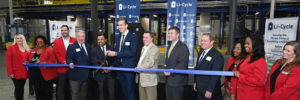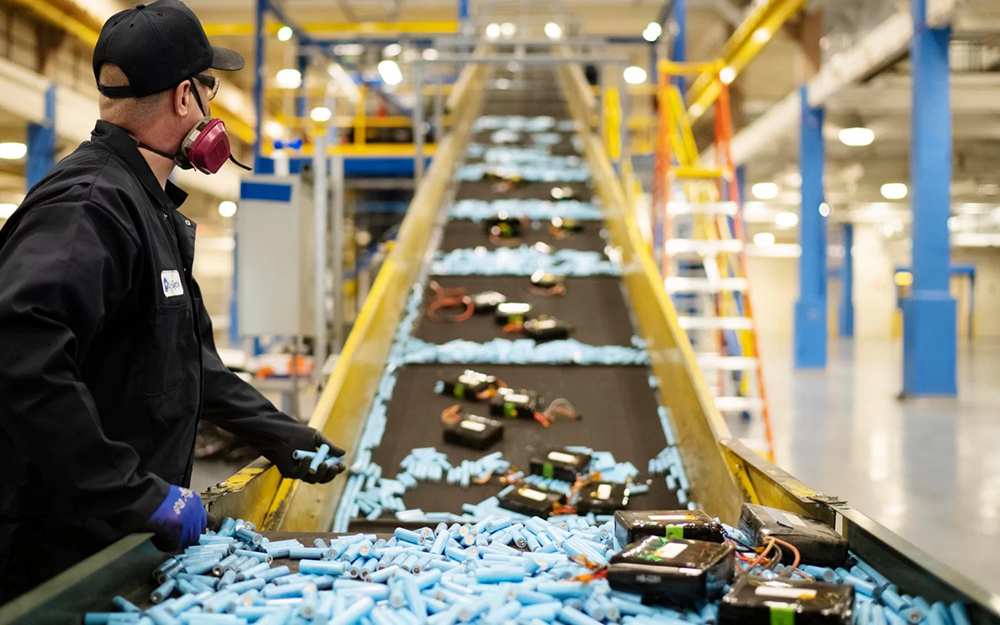Fermata Energy, a specialist in vehicle-to-everything (V2X) charging systems, has successfully deployed its FE-15 bidirectional charger on multiple commercial projects. Now the company has added a second commercial V2X-capable bidirectional charger to its lineup, the FE-20.
The FE-20 is a DC fast charger that can both charge and discharge the battery of a bidirectionally-enabled EV, creating opportunities for fleet owners to earn revenue, while supporting grid resilience.
The FE-20 is made exclusively for Fermata Energy by Heliox. It’s available in ADA-compliant pedestal and wall-mount versions. The power level is 20 kW for both charging and discharging. UL certification is pending.
“Companies are facing increasing pressure to electrify their fleets. Yet, at the same time they are looking for ways to manage costs,” said David Slutzky, CEO and founder of Fermata Energy. “V2X bidirectional charging actually allows them to both electrify their fleet and earn revenue while their EVs are parked. Fermata Energy has pioneered bidirectional charging and now, along with our proprietary cloud-based software platform, we are introducing our second commercial bidirectional charger—the FE-20.”
Fermata Energy is taking pre-orders for the FE-20 from fleet owners and operators for Q1 2023 delivery on its web site.
Source: Fermata Energy
Source: Electric Vehicles Magazine







